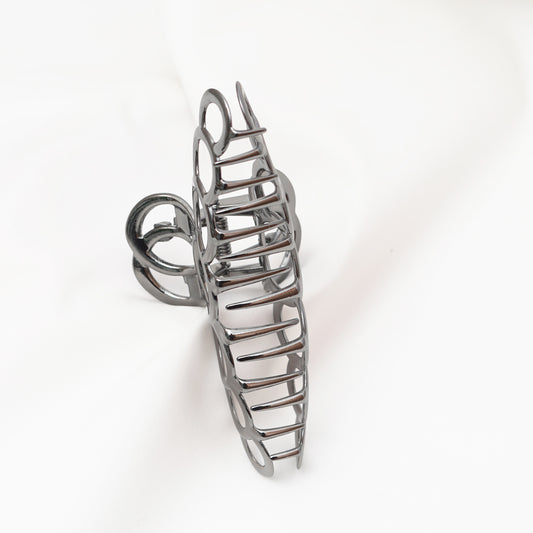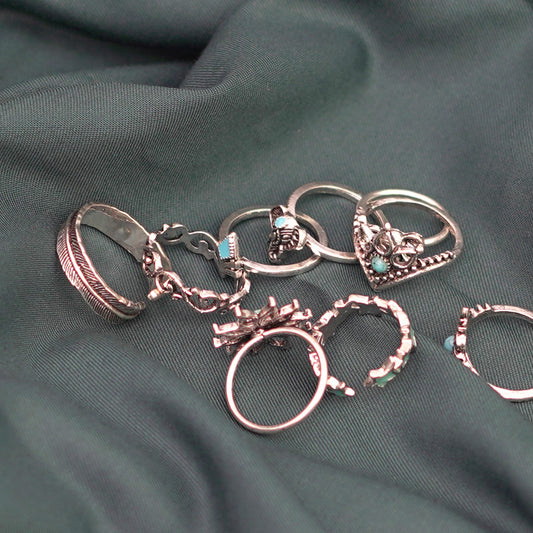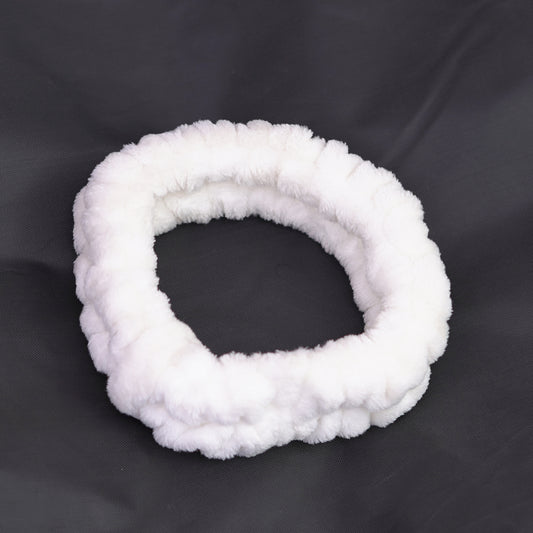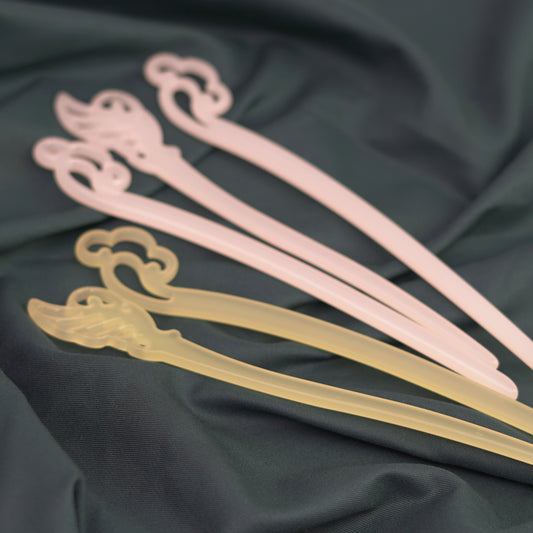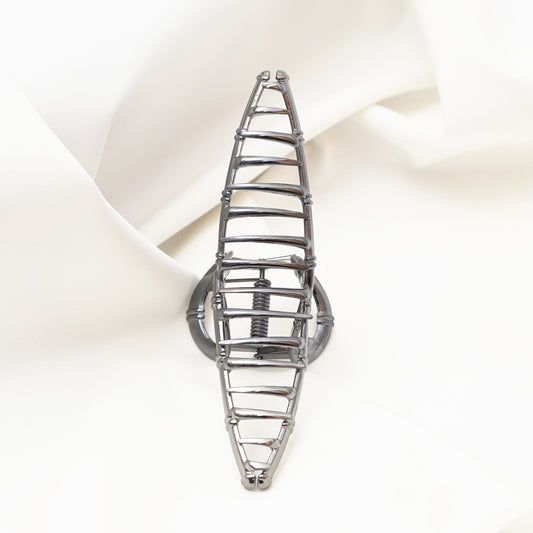Jewelry has always been more than just a fashion accessory. From sparkling rings and elegant necklaces to simple bangles and everyday studs, each piece tells a story. The jewelry we choose reflects not only our style but also our emotions, personality, and even the way we want the world to see us. Understanding the psychology of jewelry helps explain why people across cultures and generations remain deeply attached to these precious pieces.
In this blog, we’ll explore why jewelry holds such a powerful place in our lives and how it connects to identity, emotions, and personal expression.
Jewelry as a Symbol of Identity
For centuries, jewelry has been a way for people to communicate who they are. Whether it’s cultural ornaments, religious pendants, or symbolic gemstones, jewelry has always carried meaning beyond appearance.
-
Cultural Identity: In Pakistan and South Asia, traditional jewelry like jhumkas, chandbalis, or bangles are tied to weddings, festivals, and cultural pride. Wearing them connects individuals to their roots and heritage.
-
Personal Identity: A minimal gold chain, a bold statement ring, or a collection of layered bracelets often says more about someone’s personality than words could. Some people prefer delicate, subtle jewelry, while others enjoy bold, eye-catching designs. Both choices are expressions of identity.
Jewelry is not just what we wear—it’s who we are.
Jewelry as an Emotional Anchor
Jewelry often carries sentimental value far greater than its price. A ring given on engagement, a bracelet gifted by a parent, or even a necklace bought during a special trip can serve as emotional anchors in our lives.
-
Memory Keeper: Jewelry can be linked to milestones such as birthdays, weddings, or anniversaries. These pieces act as reminders of cherished moments.
-
Emotional Comfort: Some people wear a particular piece daily because it provides comfort or confidence. For example, a lucky charm bracelet or a favorite pair of earrings can help someone feel prepared for the day.
This emotional connection is one reason why people often pass down jewelry through generations—it becomes part of the family’s story.
Jewelry and Self-Expression
Just as fashion choices express mood and personality, jewelry enhances self-expression in powerful ways. The type of jewelry we wear can reflect:
-
Mood: Bold earrings on a happy day, or simple studs during a quiet, reflective mood.
-
Occasion: Sparkling jewelry for weddings or festive events, versus minimalist jewelry for everyday wear.
-
Style Statement: Someone who enjoys layering necklaces or stacking rings is often expressing creativity and individuality.
Jewelry allows people to experiment with their look without saying a single word. It’s a silent but powerful language of style.
Jewelry and Confidence
Psychologists have found that what we wear affects how we feel—and jewelry is no exception. Wearing the right piece can instantly boost confidence.
-
Professional Confidence: A simple chain or elegant studs in the workplace can help project a polished image.
-
Social Confidence: Statement jewelry at parties or events makes people feel noticed and admired.
-
Inner Confidence: Sometimes, wearing jewelry is less about being seen by others and more about feeling good personally.
The sparkle of jewelry doesn’t just catch the light—it uplifts the spirit.
Jewelry as a Reflection of Trends
Fashion trends play a huge role in shaping jewelry choices. Sometimes, people wear certain styles to feel in sync with society or to express their connection to current trends.
-
Minimalism: Modern trends lean toward simple designs like dainty rings and fine chains.
-
Tradition Meets Modernity: Many now blend traditional jewelry with contemporary outfits, showing how jewelry can bridge cultures and eras.
-
Personalized Jewelry: Engraved names, birthstones, or custom designs are becoming increasingly popular as people seek individuality in their accessories.
Trends may change, but the psychological reason remains the same: jewelry helps people connect with others and feel part of something larger.
Jewelry and Symbolism
Each piece of jewelry often carries symbolism beyond style:
-
Rings symbolize commitment and eternity.
-
Pearls symbolize wisdom and purity.
-
Gold represents wealth and prosperity.
-
Gemstones are believed to carry energy and meaning, from calmness to confidence.
The symbolic meaning adds another layer to why people choose specific jewelry pieces—it’s not only about beauty but also about what those pieces represent.
Final Thoughts
The psychology of jewelry goes far deeper than sparkle and shine. Jewelry tells stories of love, culture, confidence, and personal style. It helps us express who we are, connect with our heritage, and feel emotionally grounded. From traditional pieces worn at family events to minimalist accessories for everyday life, jewelry continues to hold meaning far beyond fashion.
So, the next time you put on your favorite ring or necklace, remember—it’s not just jewelry. It’s an extension of your identity, your emotions, and your story.
